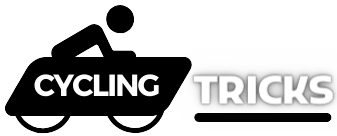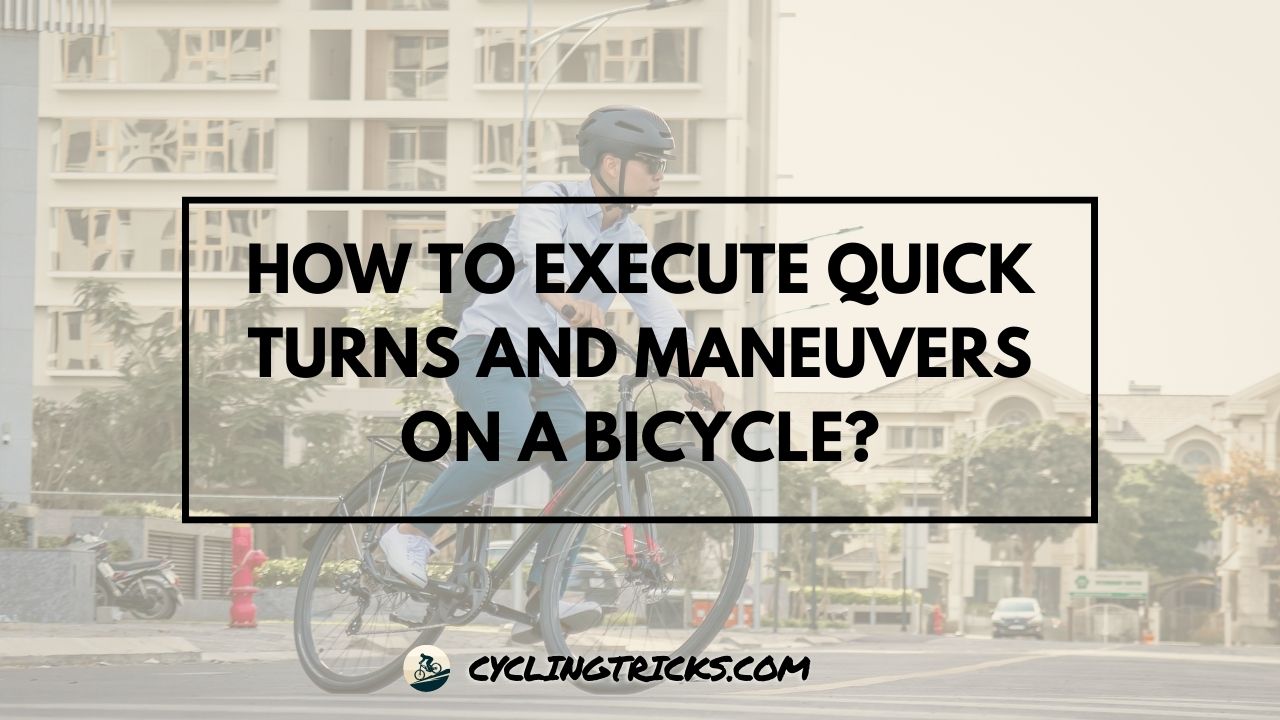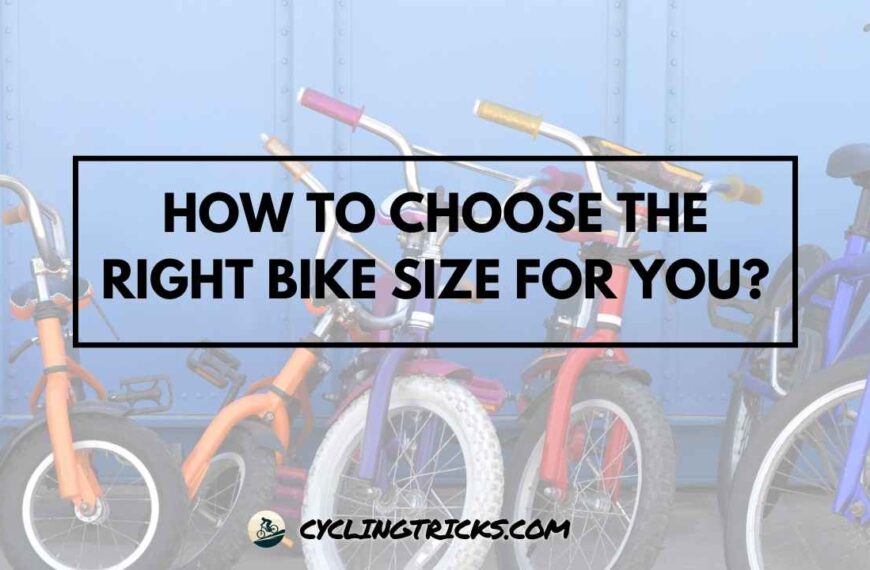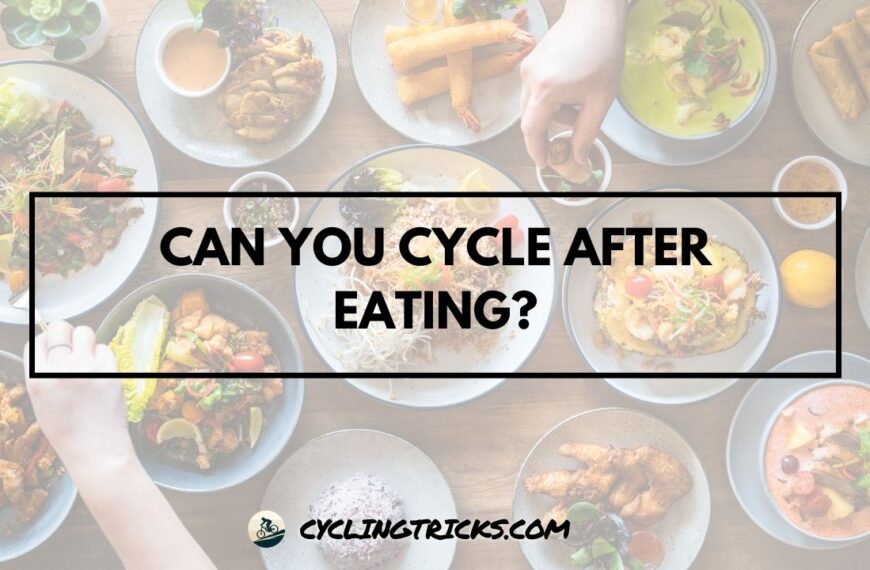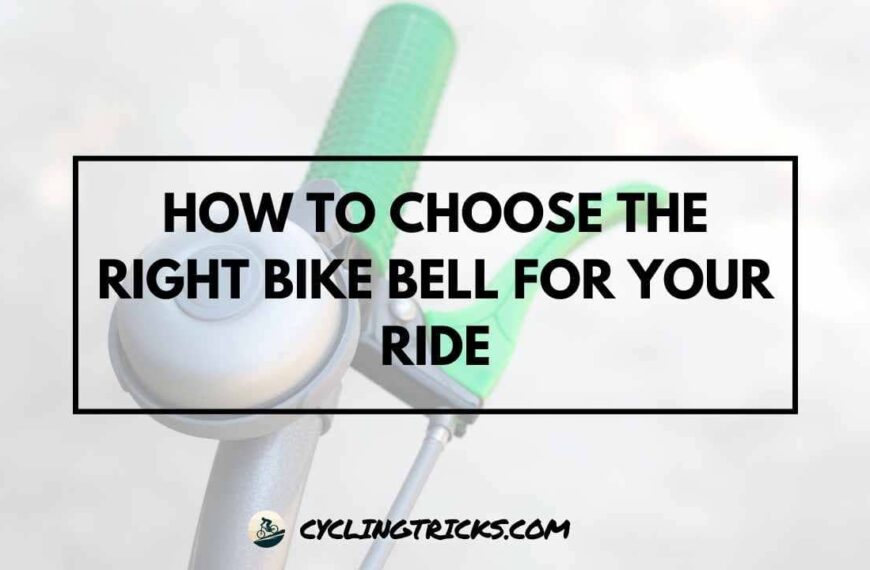Are you looking for ways to save energy while riding? As a cyclist, conserving your energy is key to maximizing your performance and enjoyment.
In this article, we’ll explore the science behind drafting and provide you with energy-saving tips that will make your rides more efficient.
Drafting is a technique that can help reduce wind resistance and conserve your energy. By following closely behind another cyclist, you can decrease the amount of energy you expend while maintaining a sustainable pace.
Other factors such as body positioning, gear selection, and nutrition can also affect your energy levels on the bike.
Key Takeaways
- Learn about the science behind drafting and how it can help you save energy while riding
- Adopt optimal body positioning to reduce energy consumption and promote maximum efficiency
- Choose the right gear ratio and cadence to minimize energy wastage and promote power transfer
- Fuel your ride with proper nutrition to sustain your energy levels during intensive rides
- Integrate targeted training and conditioning exercises to improve your endurance and strength on the bike
The Art of Drafting: A Key Energy-Saving Technique
If you’re looking to reduce energy consumption while cycling, drafting is a proven technique that can help. Drafting involves closely following another rider to reduce wind resistance and conserve energy. By tucking in behind another cyclist, you can ride with minimal energy expenditure and maintain a sustainable pace.
The benefits of drafting are clear: you can reduce the energy required to maintain your speed by up to 30%. As a result, drafting is particularly useful in group cycling or racing situations where the energy savings can make a significant difference.
Here are some practical tips on how to effectively draft behind another cyclist:
- Find a good draft partner: Choose a rider who is similar in strength and speed to yourself. Ideally, they should be slightly larger or taller than you to maximize the wind blocking effect.
- Stay close: To maximize energy savings, you need to stay as close to the wheel in front of you as possible, without risking a collision. Aim for a distance of around one to two feet.
- Look ahead: While drafting, keep your eyes focused on the road ahead, not the wheel in front of you. This will help you anticipate changes in speed or direction and avoid accidents.
- Communicate: Use hand signals or verbal communication to let the rider in front of you know when you’re coming through for your turn at the front of the pack.
- Practice makes perfect: Drafting takes practice to master. Start by practicing with a trusted partner, and gradually build up to riding in larger groups or race situations.
Incorporating drafting techniques into your cycling routine is just one of many conservation strategies for cyclists. By combining drafting with optimal body positioning, gear selection, nutrition, and training, you can reduce energy consumption and enhance your overall cycling performance.
Optimal Body Positioning for Energy Efficiency
Adopting the correct body positioning is crucial to conserve energy while riding and consequently, reduce your carbon footprint. The optimal posture helps enhance your aerodynamics, reducing the drag that occurs when cycling.
A streamlined approach allows your body to use less energy to maintain speed, making your ride more energy-efficient.
Factors Affecting Your Body Positioning
Several factors impact your body positioning while cycling, including handlebar height, saddle height, and tilt, among others. Adequate handlebar height ensures the arms, shoulders, and neck are not under stress, thereby reducing energy wastage.
The saddle height, a significant determinant of energy efficiency, should be set appropriately to facilitate the generation and transfer of power from your legs to the pedals.
An optimal saddle tilt ensures your glutes and back muscles can efficiently generate and transfer maximal power. A slight forward tilt supports your body structure while keeping the weight balanced.
In addition to these, other body positioning factors such as hip tilt, knee alignment, and overall bike fit, play a crucial role in reducing your energy consumption.
Pedal Stroke Technique
Your pedal stroke technique is a vital determinant of the amount of energy you expend while cycling. An efficient pedal stroke ensures that each stroke generates optimal power and doesn’t waste energy. Use your glutes, hamstrings, and quads to effectively transfer energy to the pedals.
Concentrate on pedaling in circles rather than just pushing down on the pedals, eliminating energy wastage on the upstroke and reaching higher speeds.
“Remember to look up, relieve your neck, and enjoy the scenery while maintaining optimal posture. You’ll conserve your energy and enjoy your ride more, too.”
Bike Fit Adjustments
Making bike fit adjustments, such as tilting the saddle and adjusting handlebar height is an excellent way to personalize your bike to your body.
Understanding your body’s biomechanics enables you to make modifications that will reduce energy your consumption during rides. Ensure you take the time to adjust your bike for quicker and smoother power transfer, thereby reducing the energy required for your ride.
Gear Selection and Cadence: Finding the Sweet Spot
When it comes to energy-efficient riding, choosing the right gear ratio and maintaining an ideal cadence are crucial. A suitable gear selection and cadence can significantly reduce energy wastage and promote optimal power transfer through your pedal stroke.
Start by finding a gear that allows you to maintain a steady cadence, between 70-90 revolutions per minute (RPM), to optimize energy transfer. Utilize your bike’s gears to ease your effort on uphills, sparing your energy for flats and downhill stretches. Be sure to shift gears gradually and avoid changing gears constantly, as this can waste valuable energy.
Tip: If you’re not sure what cadence you’re riding at, you can use a cycling computer, smartphone app, or even count your pedal strokes for 15 seconds and multiply the value by 4 to obtain your RPM.
| Gear Ratio | Chainring(s) | Cassette Cogs |
|---|---|---|
| Low Gear | Small Chainring (24-34 teeth) | Larger Cog (28-34 teeth) |
| Mid Gear | Medium Chainring (36-42 teeth) | Middle Cogs (19-25 teeth) |
| High Gear | Large Chainring (44-54 teeth) | Smaller Cog (11-17 teeth) |
Be sure to maintain a light grip on the handlebars, which can reduce energy expenditure and increase comfort while riding. Also, avoid unnecessary movement or upper-body swaying, which can detract from efficient pedaling and sap your energy levels.
Remember, a suitable gear selection and cadence can make a significant difference in energy consumption and overall performance while cycling. Put these energy-saving tips into practice and make every pedal stroke count on your next bike ride!
Fueling Your Ride: Nutrition for Efficient Cycling
When it comes to conserving energy during rides, proper nutrition is key. Fuelling your body before, during, and after rides with the right foods and fluids can help you maintain energy levels and enhance your riding performance.
Here are some tips to help you optimize your nutrition for energy efficiency:
Pre-ride Fueling
It’s important to eat a balanced meal with carbohydrates, protein, and healthy fats 2-3 hours before your ride to provide your body with the necessary fuel.
Examples include oatmeal with nuts and fruit or a turkey sandwich on whole-grain bread. Additionally, hydrate well before your ride, drinking 16-20 ounces of water or a low-sugar sports drink 2-3 hours beforehand.
On-the-bike Nutrition
During rides lasting longer than an hour, you’ll need to replenish your energy stores with a mix of carbohydrates and electrolytes. Carry energy gels, bars, or drink mixes and eat or drink every 20-30 minutes to sustain performance.
Don’t forget to stay hydrated by drinking approximately 20-30 ounces of fluid per hour, depending on the weather and your sweat rate.
Post-ride Recovery
After your ride, refuel with a mix of carbohydrates and protein to help your muscles recover. Chocolate milk, a peanut butter and banana smoothie, or a turkey wrap with veggies are all excellent options. It’s also crucial to rehydrate by drinking water or a sports drink with electrolytes.
By following these nutrition tips, you’ll not only conserve energy during rides but also maximize performance and enhance your overall riding experience.
Training and Conditioning: Building Energy Efficiency
One of the most effective ways to save energy while biking is by building endurance and strength through targeted training and conditioning. By optimizing your body’s performance, you can conserve energy and maximize your riding efficiency.
Here are some riding techniques for energy conservation:
- Include exercises that target key muscle groups used in bicycling, such as the quads, hamstrings, and glutes
- Incorporate interval training to challenge your cardiovascular system and increase endurance
- Ensure proper recovery techniques to avoid injury and optimize performance during rides
- Consider working with a professional coach or trainer to develop a personalized training plan
By incorporating these practices into your routine, you can enhance your energy efficiency while riding and take your performance to the next level.
Environmental Considerations: Eco-Friendly Riding Practices
As a cyclist, you have the power to reduce your carbon footprint and contribute to a sustainable environment with conscious riding techniques.
Here are a few energy-saving tips for cyclists, enabling you to maximize efficiency while riding and ensure an eco-friendly experience:
Bike Maintenance
Regular bike maintenance not only ensures optimal performance but also helps to conserve energy. Keep your bike clean and well-lubricated, and check for any worn-out components that require replacement. By doing so, you’ll reduce friction, improve efficiency, and save energy while riding.
Eco-Friendly Gear Choices
Consider investing in sustainable cycling gear made from recycled or renewable materials. It’s not only environmentally friendly but also durable and long-lasting, providing excellent value for your money. Other alternatives include bamboo or wooden accessories and organic cycling clothes.
Conscious Riding Techniques
Adopting eco-friendly riding techniques can significantly reduce your energy consumption while cycling. For instance, try to avoid accelerating and braking frequently, use lower gears when climbing hills, and maintain a steady pace without sudden movements.
These conscious strategies minimize energy wastage and contribute to a sustainable environment.
Mental Strategies: Focus and Effort Management
When it comes to cycling, mental strategies are just as important as physical ones. By focusing your efforts, managing distractions, and maintaining a positive mindset, you can optimize your energy output and make every ride more efficient.
Some of the energy-saving techniques for cyclists are listed below. Techniques that you can start implementing today:
1. Set Clear Goals
Before your ride, take some time to set clear and realistic goals. Whether it’s to cover a certain distance or to complete a set number of intervals, having a goal in mind can help you focus your efforts and conserve energy.
Keep your goals specific and measurable, and track your progress over time to stay motivated.
2. Minimize Distractions
Distractions can quickly sap your energy and make your ride less efficient. Before you hit the road, make sure you’re mentally prepared by minimizing distractions.
This might mean putting your phone on silent, choosing a quiet route, or riding with a focused mindset. By reducing distractions, you can stay more engaged and conserve your energy.
3. Practice Positive Self-Talk
Your mindset can have a huge impact on your energy levels while riding. By practicing positive self-talk, you can maintain a confident and optimistic attitude that keeps you motivated and focused.
Try repeating positive affirmations to yourself, such as “I am strong and capable,” or “I am enjoying this ride.” By reinforcing positive messages, you can ride with minimal energy expenditure and keep a clear head.
4. Manage Effort Levels
Finally, it’s important to manage your effort levels throughout your ride to conserve energy and avoid burnout. This might mean starting out at an easy pace and gradually building up to a more sustained effort, or taking regular breaks to rest and recharge.
Listen to your body, and adjust your effort levels as needed to optimize your energy output and ride with minimal energy expenditure.
Conclusion
Cycling is a fantastic way to stay fit, have fun, and connect with nature. By implementing the energy-saving techniques we’ve outlined in this article, you can enjoy longer and more comfortable rides while simultaneously conserving energy and reducing your carbon footprint.
Remember to always prioritize safety, hydration, and proper nutrition on every ride. With practice and dedication, you can become a more efficient and eco-friendly cyclist. Happy riding!
